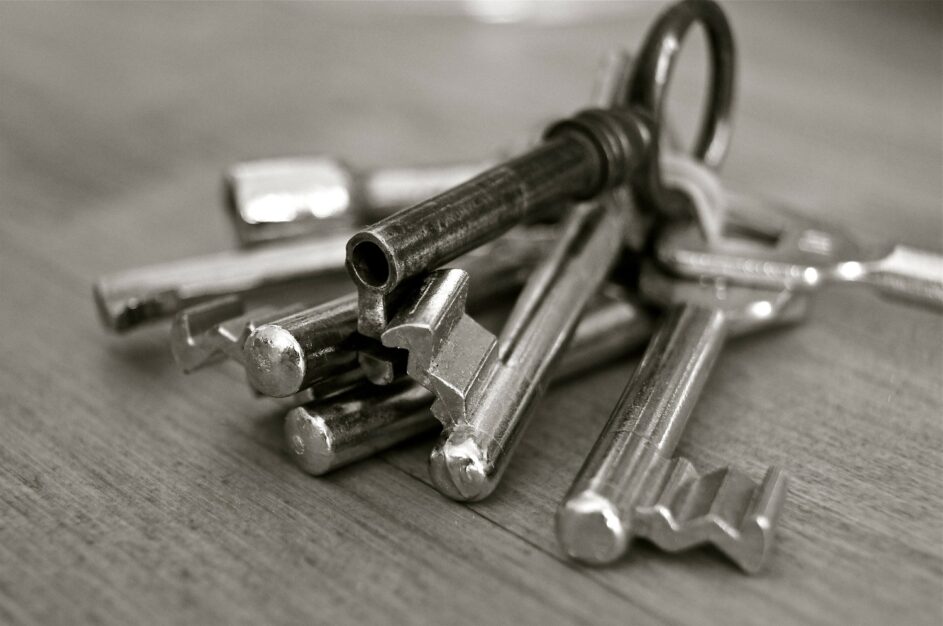Pros and Cons of 3-D Printed Keys for Residential and Commercial Real Estate
CREtech Blog

3-D printing has become a huge business. Using this technology, people create intricate models of real estate properties, guns that actually fire, and even keys used for homes and businesses.
Much of the dilemma surrounding 3-D printed keys for residential and commercial locks became known after the Transportation Safety Board (TSA) discovered that a master set of keys made with a 3-D printer opened locks not intended for the public. We quickly learned that there are both pros and cons associated with 3-D printed keys.
Pros of 3-D Printed Security Keys
3-D printed keys are beneficial in some cases. For example, keys for an antique lock can be replicated using a 3-D printer. Of course, this would require the services of someone with very specific experience and expertise, but it is possible.
Something else to consider is that 3-D printers are available for purchase by anyone. Because of this, you could visit your local electronics store or find a source online to buy a high-end printer. Along with making fun things, you could create 3-D printed keys for your home or office.
From an environmental perspective, 3-D printed keys eliminate up to 2 percent waste compared to traditional keys. Mass customization is also a possibility, meaning that every key can be customized for no additional fee. For production, 3-D printed keys are typically manufactured by one machine, thereby reducing production and labor costs.
Cons of 3-D Printed Security Keys
Along with the good comes the bad. The process of making 3-D printed keys is not complicated. For that reason, anyone with a printer and some know-how could replicate a key. As a result, your daughter’s new boyfriend, a neighbor, ex-spouse, friend, or someone else with access to your home or office key could realistically copy a key using a 3-D printer.
Several keys cannot be copied. For instance, while the mechanical part of keys can be made using a 3-D printer, the actual electronics cannot be. However, if the RFID technology is compromised and someone is determined to enter your home or office, a 3-D printed key is a possibility.
Although at one time it was illegal to duplicate high-security keys, this is something people do all the time. Once a key has been duplicated, it can be used to directly open a residential or business door. Keep in mind that if someone really wanted to break in, he or she could easily shatter a window, but with a 3-D printed key, no evidence is left behind. After getting into a home or business, the criminal can simply destroy the key.
Conclusion
Today is a 3-D world, which comes with some risks. For instance, high-security keys used for homes and businesses can be scanned using an Apple iPhone or Intel tablet. The integrated 3-D scanners required are part of the devices’ designs. The best security option is a high-security lock, which is typically quite expensive.
